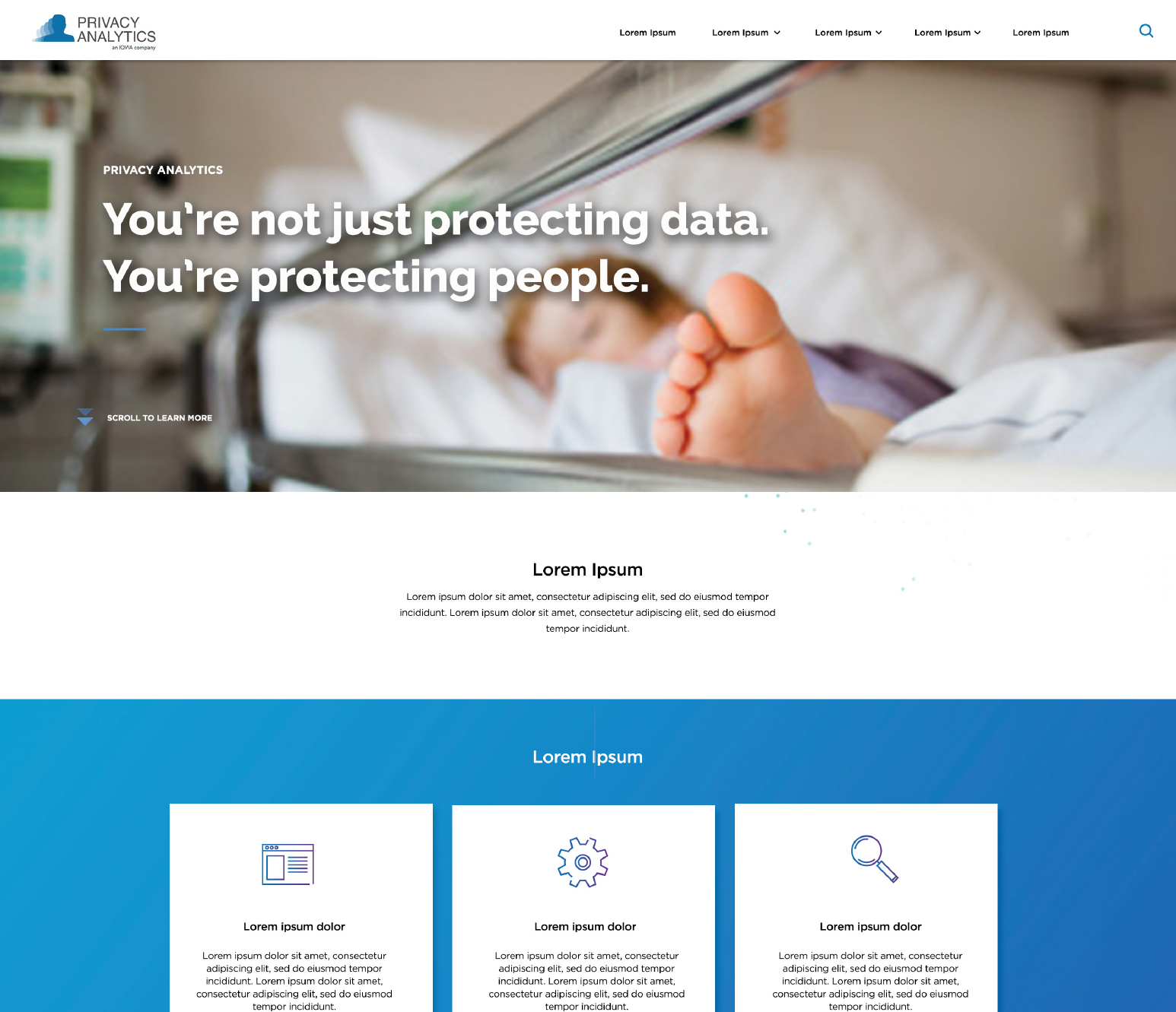When most people develop an SEO strategy, they are quick to think of developing thoughtful keywords and coming up with a plan that emphasizes good backlinks.
So often, we forget one of the most important aspects of SEO, User Intent.
Put simply, User Intent is the goal behind a user’s search (not necessarily the search history) and a big part of boosting your brand’s SEO. Google’s number one priority is to satisfy users, which means they need to give people results that match their intent. To do this yourself, you’ll need to do three things:
-
Identify User Intent
There are two simple ways to identify User Intent: analyzing the first results page and looking at the keyword.
The first pages of your keyword searches give you deep insight into User Intent. Since Google prioritizes user satisfaction, you know for a fact that the top results from your keyword do a great job at meeting User Intent. You need to determine whether your user is looking for informational or transactional results.
For example, do people want information? If so, are they beginners or experts?
Or, do they want to buy something? If so, do they have their wallet in hand or are they still comparing products?
Informational Queries
- How many calories are there in a Big Mac
- Most durable phone cases
- Best conditions to grow a cannabis plant
Transactional Queries
- Life insurance quotes
- Cheap flights to Montreal
- Buying gift cards online
In other cases, sometimes the keyword itself tells you all you need to know. For example, if you’re posting a recipe for a frittata and your keyword is “frittata recipe”, don’t name your post, “Instructions for making a frittata”. Be sure to include your keyword (frittata recipe in this case) in your title at the very least.
-
Satisfy User Intent
Satisfying User Intent means weaving what you have identified as beneficial to your audience’s needs into your content. Depending on the User Intent identified, this can be done in several ways such as emulating formats of top performing posts, emphasizing specific words and adapting your content or displaying your content in a different medium. It really depends case to case.
-
Optimize for Good User Experience
While writing your content in a way that satisfies User Intent, be sure to write it in a way that satisfies User Experience (UX). Have a long post? Create a table of contents. Want people to read your post? Keep sentences and paragraphs short. Want people to care about your post? Use lots of examples. Other ways that help search engines realize you have good UX is H2 and H3 sub headers. These headers also do a great job breaking up content, improving readability for your readers.
Now what? Take these pillars and use them to create content that emphasizes User Intent and boosts your SEO. Developing effective content can be a challenge, but you most certainly will fail with and SEO strategy that doesn’t satisfy your users.




RECENT POSTS
Universal Adjustable Neck Mount. Wow, that’s a mouthful.
KOOZBALL
COVID VS Creativity